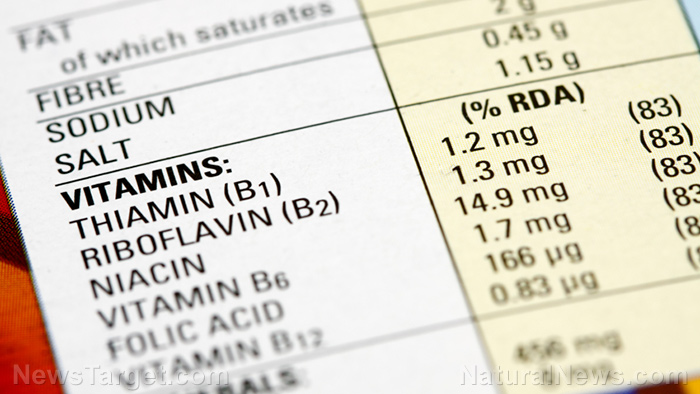
UPDATE: Bone broth product testing results being reworked and simplified; plus ORGANIC testing now underway
Tuesday, October 10, 2017 by Mike Adams
http://www.products.news/2017-10-10-bone-broth-product-testing-results-simplified-organic-testing-now-underway.html

A few quick notes on bone broth testing as conducted by the non-profit Consumer Wellness Center. As the executive director of the CWC, I’ve assessed the feedback of many readers and consumers who viewed our bone broth lab testing results with curiosity. After discussions with my food science colleagues, we’ve decided that we need a simpler way to describe results to the public that doesn’t involve complex organic chemistry or familiarity with concentrations, mass spec science, chromatography and so on. (Some people are apparently misinterpreting the data the CWC previously released…)
So we’re revamping our public reporting mechanism to greatly simplify our reporting, and we’ll have an analytical cut-off point that avoids reporting chemicals which are only present in trace amounts. (This would eliminate a lot of the chemicals we mentioned, as they were only present in very small amounts, but would still allow us to report certain categories of chemicals if they were discovered to exist in extremely high concentrations that might pose a legitimate danger to a consumer.)
Part of the lesson here, we’ve discovered, is that people who purchase non-organic products need to be educated to understand that nearly all non-organic products will contain a baseline of certain chemicals such as pesticides, fungicides, and so on. This should not be surprising to anyone familiar with modern agricultural practices. Similarly, nearly all animal-derived products which are non-organic should be fully expected to contain antibiotics, pharmacological drugs, hormones and so on, as these are routinely used in animal meat production practices. As was pointed out to us by several readers, the CWC pointing out that non-organic, animal-derived bone broth products contain trace amounts of antibiotics and other agricultural chemicals is almost pointless, as the very definition of “conventional” food production presumes the use of such chemicals.
Some results are being misinterpreted, so we’re going to simplify the reporting to make it easier to understand and share
In summary, based on the feedback from the bone broth testing results we recently released, we feel that some people misinterpreted the results or leaped to the false assumption that we were saying these products were dangerous (when in fact, we stated exactly the opposite in the CWC video). To those companies whose products were tested, such as Ancient Nutrition, Jarrow’s, Left Coast and Sports Research, we regret any misinterpretation of our results by the public, and we are working on a vastly improved method for reporting our findings that also respects every manufacturer’s quality control outcomes when they achieve what we would consider to be “clean” products (more discussion on what’s “clean” in a later article). Our goal is to communicate in a way that is accurate and well understood, so we’re going to work on an improved way to do that which is also consistent with good science.
So, in order to avoid confusion with consumers while also presenting testing data in a simplified format that both consumers and manufacturers will likely agree is far more educational, we’re going to rework how we report results, then re-analyze the bone broth testing data in this new context.
As I write this, by the way, we are analyzing the first sample of a certified organic bone broth product. Although we will let the science speak for itself, we anticipate this product being among the first that the CWC validates as an “approved” status, meaning the CWC would affirm the product has been exhaustively tested for pesticides and other chemicals, and found to contain no alarming levels of over 40,000 such chemicals. We will bring you this news once we have the lab tests completed, which should happen by Friday. I can’t predict in advance that it will be deemed a “clean” product by the CWC, but it’s a good possibility.
Thank you for your patience as we arrive at the best way to share good science with the public in a meaningful format that achieves the goal of keeping people well informed (while avoiding unintended misinterpretations of the results). I regret we didn’t get this reporting nailed down right out of the gate, and we’re working hard to get it right so that you don’t have to be a lab geek (like me) to quickly grasp the big picture of what’s worth buying vs. avoiding.
Tagged Under: Tags: Bone Broth, chemicals, Consumer Wellness Center, CWC, forensic food labs, lab tests, Mike Adams, pesticides, protein products





